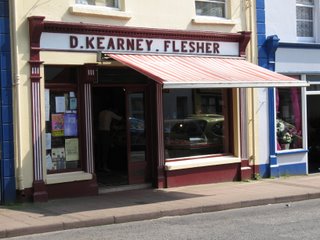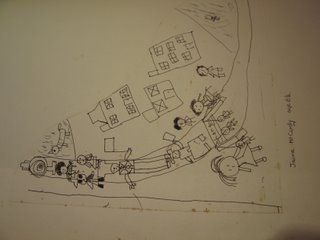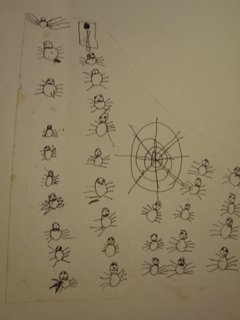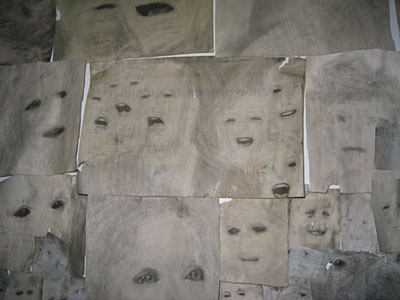The Heimlich Unheimlich - Melbourne festival of Visual Arts 2002,

Kathleen Herbert 'Colony'

Callum Morton 'Cellar'

Gillian Wearing 'Trauma' (video still)
I have been very fortunate to obtain a back copy of the Melbourne Festival of Visual Arts exhibition catalogue for 2002 directly from the organisers. A major part of the festival explored the uncanny in contemporary art and was entitled The Heimlich Unheimlich. For the uninitiated, this title is borrowed from Freud's writings on the uncanny and translates as the homely unhomely. The exhibition contained a diverse range of work from European and Antipodean artists including well-known contemporaries like Robert Gober and Gillian Wearing. Juliana Engberg has written an interesting accompanying essay also called Heimlich Unheimlich, a passage of which follows;
...in this exhibition many uncanny encounters are created by artists whose works manifest those things that have been secret and hidden, and are now brought into light in ways that are unsettling and haunting. It is not only the uncanny that we encounter but a premise hidden within the larger concept of the uncanny.In almost all of the works in this exhibition the spaces and places of domesticity and presumed comfort produce a sense of unease, tension, even terror. The basement is one such location within the domestic zone that has long been the site of hidden things. Hollywood has exploited this under place in a variety of suspense, horror and psychological dramas.....a kind of hell but also a kind of grave: a place potentially containing all the neurosis of infantile anxiety including darkness,silence and abandonment......
The work shown above by Callum Morton depicts a detail from his installation 'Cellar'. The work is accompanied by an acoustmetre which is a voice or sound dislocated from it's original source and an area in which I am interested for my own practice. I have made a sound diary of the teenagers living in Cushendall, Northern Island which I intend to play alongside a 3D drawing for my SIPS presentation. Morton's soundtrack is of loud thumps and muffled sounds aswell as an eerie green light seeping through the gaps in the cellar doors. In many ways the rhetoric of Morton's work detracts from the uncanny but when sited within the context of the gallery the displacement of an unenterable cellar with sounds of thumping and heaving that the viewer cannot locate become deeply uncanny and unsettling.
Wearing's video installation 'Trauma' creates a kind of confessional space into which the audience enters, Wearing projects monologues spoken by adults whose faces are hidden by the masks of pre-pubescent children.
...Wearing's work is hard; at times unbelievably so. She has invited people to confess their previously unspoken, often unacknowledged memories and experiences, promising them anonymity by offering them the safety of disguise. And we cannot'see' them but the stories they tell reveal the children within and show the physical weight of personal history on the adult bodies that sit in haunched, protective positions inside the confessional recording booth.......... We are placed in the uncanny situation of recognising that once-upon-a-time it was the perpetrator who most often wore disguises rather than victims. At the same time we may register that in TV documentaries, confess-all exposes and crime re-enactments it is the victim whose identity is erased by the incident.
In Kathleen Herbert's work 'Colony'there is an unsettling atmosphere created by absence. The empty, naked, miniature metal beds sit in rows suggestive of an institution or hospital. The title,'Colony' suggests a settlement or group of people and in particular, a group that is separated from the mainstream perhaps? As Engberg states,' we feel a kind of bereavement looking at these skeletal pieces that should contain presences'.















